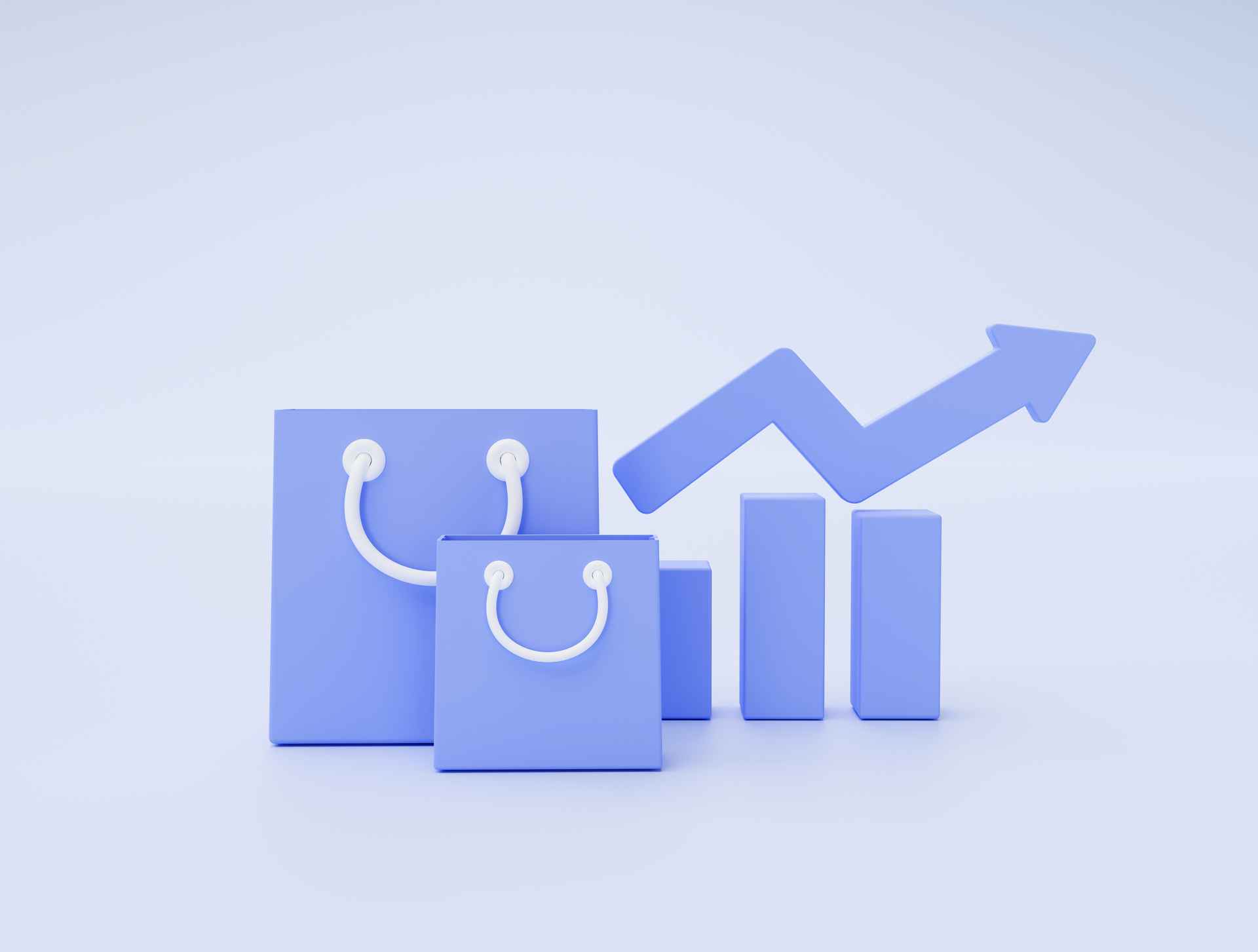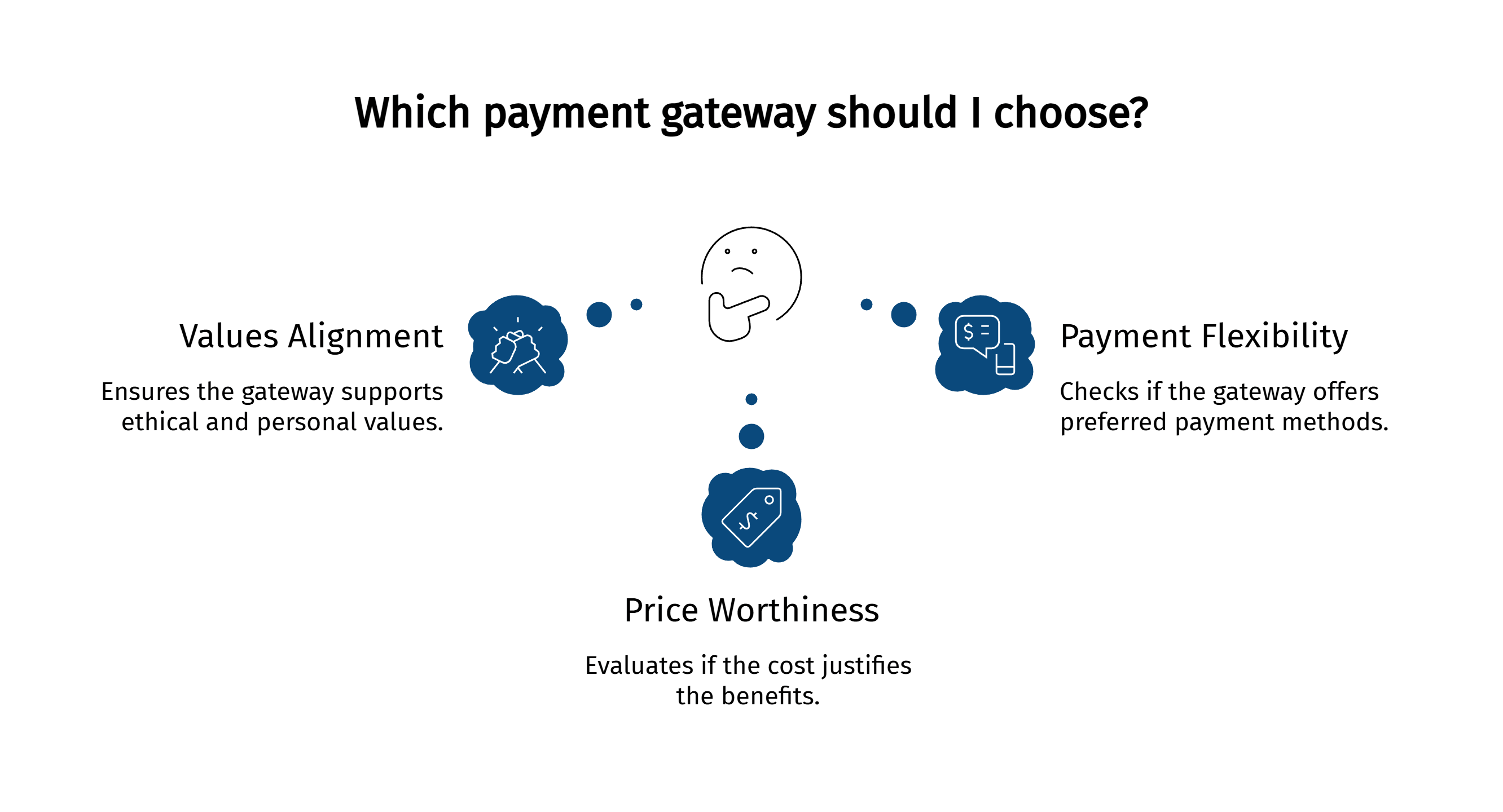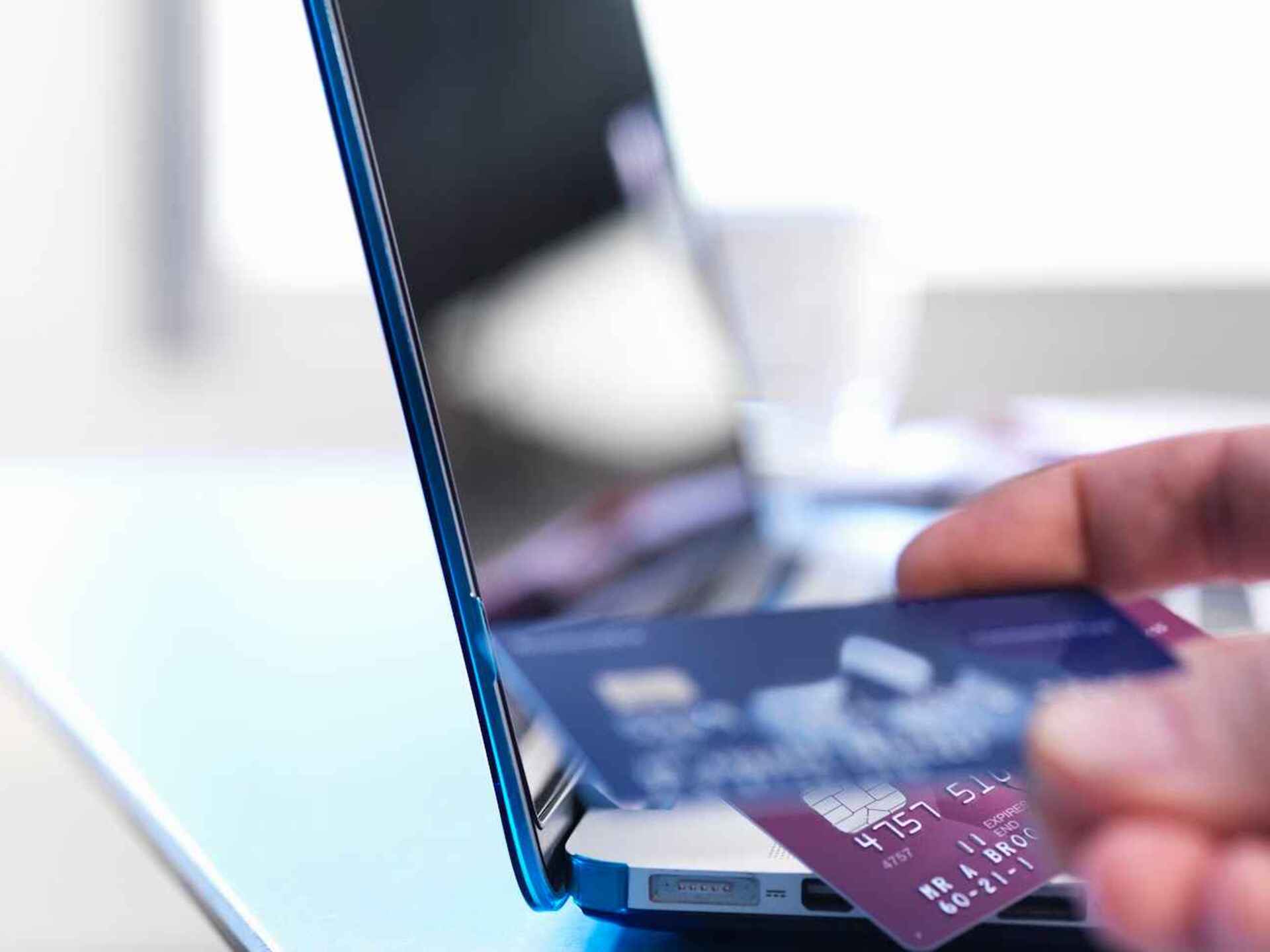Consumer Spending Trends 2026: Our Deep Dive into What’s Actually Changing
How are consumers spending in 2026? Discover key trends in digital payments, inflation effects, and shifting priorities.

Every week at FirmEU we are asked the same question: how will consumers really spend in 2026?
The answer? It's not just a trend - it's a complete shift in mindset.
We've seen first-hand how inflation, digital innovation and changing values are reshaping consumer behaviour across Europe and the US. From digital payments to product discovery to subscription fatigue, the data doesn't lie - and neither do the consequences for businesses that fail to adapt.
In this in-depth guide, we'll break down the biggest consumer spending trends of 2026, how your business can capitalize on them, and what to avoid to stay relevant.
In this long-form guide, you’ll find:
- Key consumer trends based on verified 2026 data
- Deep dives into inflation’s lingering influence
- How payment technologies are rewriting the rules
- Sector winners (and losers) in today’s economy
- Actionable takeaways to apply to your business
Let's unpack the real story behind consumer spending in 2026.
What will be the defining consumer spending trends in 2026?
In 2026, spending decisions are less about impulse and more about intention, ethics and value. Today's shoppers are asking:

The answers to these questions are reshaping entire industries.
Pro tip: Think of today's consumer less as a shopper and more as a stakeholder. They expect transparency, control, and a personalised experience What are the defining consumer spending trends of 2026?
The 5 biggest consumer spending trends in 2026
Trend #1: Conscious spending is the new normal
Consumers are more mindful, comparing prices, researching brands and choosing value over impulse. 76% of EU households say they 'actively budget' each month, up from 51% in 2022. Even in higher income brackets, there's a noticeable shift towards conscious consumption - less fast fashion, more long-term value.
Trend #2: Subscriptions are being cut, not cancelled
Consumers are not cancelling everything, but they are streamlining. The average household will go from 9.4 paid subscriptions in 2023 to 6.7 in early 2026. Streaming services, niche productivity tools and digital media bundles are the hardest hit. However, essential utility and entertainment subscriptions continue to show resilience.
Trend #3: Flexible payment options drive sales
BNPL usage increased by 28% year-on-year across e-commerce categories, particularly in electronics, travel and beauty. Merchants offering multiple payment types saw an average 19% increase in conversion rates. For businesses seeking to optimize their payment processing strategies, exploring FirmEU's Payment Processing Services can provide tailored solutions to enhance transaction efficiency.
Trend 4: Consumers choose experiences over goods
Experiential spending is back. Airline bookings are up 31% across Europe compared to 2024. Even Gen Z - digital natives - are prioritising travel, concerts, spa retreats and face-to-face social moments over buying the latest gadgets.
Trend #5: Sustainability drives purchases
71% of consumers say environmental impact influences their purchasing decisions. Green labelling, sustainable sourcing and carbon neutral shipping have moved from nice-to-have to purchase drivers. Brands that publicly report on ESG goals see better customer loyalty and repeat purchases.
Pro Tip: Re-evaluate your product messaging: does it reflect quality, value, flexibility and sustainability? These issues are more important than ever.
Inflation in 2026: Quiet but powerful
While inflation has cooled from its peak in 2022, its effects continue to reverberate through consumer psychology and companies' pricing strategies.
- Shrinkflation is visible: 2 out of 3 consumers have noticed reduced product sizes without a drop in price.
- Big-ticket hesitation: Electronics, appliances and vehicles face longer consideration cycles, even when financed.
- Private-label momentum: Retailers report a 24% year-on-year increase in private label sales. Consumers trust private label more than ever for quality and savings.
Stat Spotlight: 43% of EU households say they're more cautious about discretionary spending now than a year ago.
US note: Food spending as a percentage of disposable income has risen to 13.7%, up from 11.9% pre-pandemic.
How will people pay in 2026?
The payments landscape has changed. Mobile wallets: 73% weekly use by EU consumers. BNPL: Now more popular than credit cards among 18-34 year olds. SEPA direct transfers: Standard in the Netherlands, Finland and Germany. For a comprehensive understanding of SEPA Direct Debit and its benefits, please refer to FirmEU's detailed guide Everything You Need to Know About SEPA Direct Debit.
- Mobile wallets: 73% weekly usage by EU consumers.
- BNPL: Now more popular than credit cards among 18-34 year olds.
- SEPA direct transfers: Standard in the Netherlands, Finland and Germany.
- Crypto payments: Niche, but growing fast, especially for B2B and cross-border transactions.
_11zon.png)
Case Study: A B2C furniture brand uses PayFirmly to integrate Apple Pay, SEPA and Klarna. Results: 21% reduction in cart abandonment and 31% increase in AOV within 90 days.
Insider insight: Speed and flexibility at checkout are critical. The fewer clicks, the higher the conversion.
Demographic differences in spending patterns in 2026
Understanding how different generations will spend in 2026 isn't just helpful - it's essential for tailoring offers, choosing payment methods and optimising conversion across age segments.
Gen Z (18-27): Values-driven & experience-driven
This is the first fully digital native generation - and it shows. Gen Z doesn't just buy things, they buy identity and impact.
72% say they prefer brands with a clear sustainability mission.
Social media is strongly influencing purchases - especially TikTok.
BNPL and mobile-first payments are expected, not optional.
They trust influencers over brands.
Brand tip: Speak their language. Use transparent messaging, ethical sourcing and fast checkout with Klarna or Apple Pay.
Millennials (28-43): Convenience-first, tech-savvy
Millennials are juggling careers, families and side hustles. Their spending is focused on saving time, maximising value and earning rewards.
They respond well to loyalty ecosystems (e.g. cash back, gamified tiers).
Crypto is surprisingly common among this group, especially for digital services.
Seamless integration with budgeting apps such as Revolut and Monzo is a plus.
Gen X (44-59): Cautious optimisers
Often overlooked, Gen Xers control a significant amount of spending power and tend to be pragmatic.
They do more research before buying and value quality over trendiness.
Concerned about data security, they prefer trusted, regulated methods such as SEPA.
They're also the most likely to use their desktop to make purchases, not just their mobile phone.
Boomers (60+): Trust, simplicity and service
Boomers are very loyal - but only if you earn it. They're the generation least likely to try something new unless it's clearly advantageous.
They're risk-averse and tend to prefer familiar payment methods.
Pay-by-link and debit cards dominate because of their ease and perceived security.
They value responsive customer service and clear product warranties.
Gen Z and Millennials expect personalisation. Gen X and Boomers want clarity. The more you align your payment experience, communication style and value proposition with each generation's expectations, the higher your conversion - and the lower your churn. Leveraging AI can be instrumental in achieving this alignment; discover how in FirmEU's article on Leveraging AI in High-Risk Payment Processing.
Which industries benefit the most?
Winners:
- Health & Wellness (fitness, nutritional supplements, therapy apps)
- Travel & Hospitality (bespoke travel, sustainable accommodation)
- Digital Education (certifications, learning platforms)
- Pet Services (premium pet care, insurance)
- Smart Home (security, energy saving devices)
Struggling:
- Casual Dining Chains (value erosion, more home cooking)
- Mid-market apparel (pressure from secondhand and fast fashion)
- Streaming services (subscription fatigue hits hard)
Across all sectors, products that combine convenience, flexibility and a value-driven narrative are outperforming.
Product discovery has changed forever
- Social media is the new storefront: 61% of product discovery among under-35s takes place on TikTok, Instagram and YouTube.
- Voice search is on the rise: 17% year-on-year growth in product queries via Alexa and Google Assistant.
- AI personalisation wins: Brands using dynamic homepage layouts based on user history see a 34% increase in session time.
Quote: "Consumers don't want to browse. They want to be guided." - FirmEU
Loyalty in 2026: From points to personalisation
Modern loyalty is about relevance, not rewards. Key features include:
- Tiered status levels
- Access to exclusive tools/events
- Gamified engagement (missions, streaks, goals)
Example: A wellness brand added health goal milestones to its loyalty dashboard and increased retention by 31%.
Regional spending: US vs. EU
Localise not only your language, but also your checkout, CTA and even product positioning. Consumer expectations are converging across borders, but preferences still vary. To navigate the complexities of international transactions, FirmEU's insights on The SEPA Zone: Key Information and Countries can be invaluable.
_11zon.png)
What this means for your business
Action points:
- Offer modern payment options across devices
- Build a loyalty experience, not just a rewards programme
- Optimise for voice and mobile discovery
- Segment offers by age, geography and behaviour
- Keep checkout under 3 clicks
Checklist:
- Do you personalise offers based on purchase intent?
- Is your loyalty programme engaging across platforms?
- Can a customer complete a purchase without typing?
Spend Smarter, Sell Smarter
The economy of 2026 isn't defined by crisis - it's defined by clarity. Consumers know what they want: speed, value, flexibility and trust.
If you can deliver on these expectations, you won't just make a sale - you'll win loyalty.
At FirmEU, we help businesses understand and act on the spending trends that will shape 2026. From payment optimisation to consumer insight strategy, our experts are ready to help you adapt.
How can we help?
Discover the full range of services we can offer with a free quote.



.webp)
